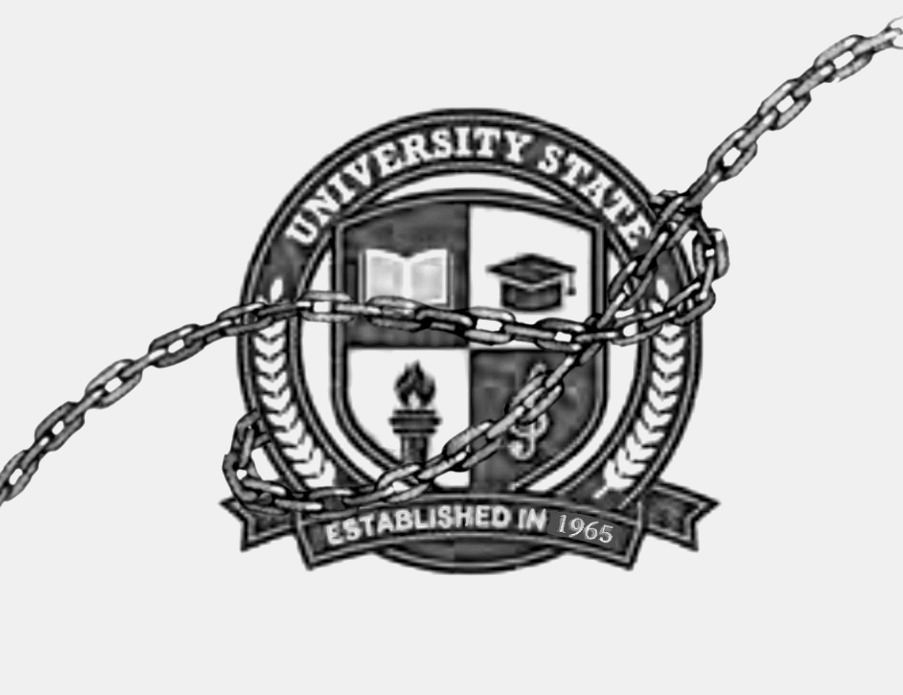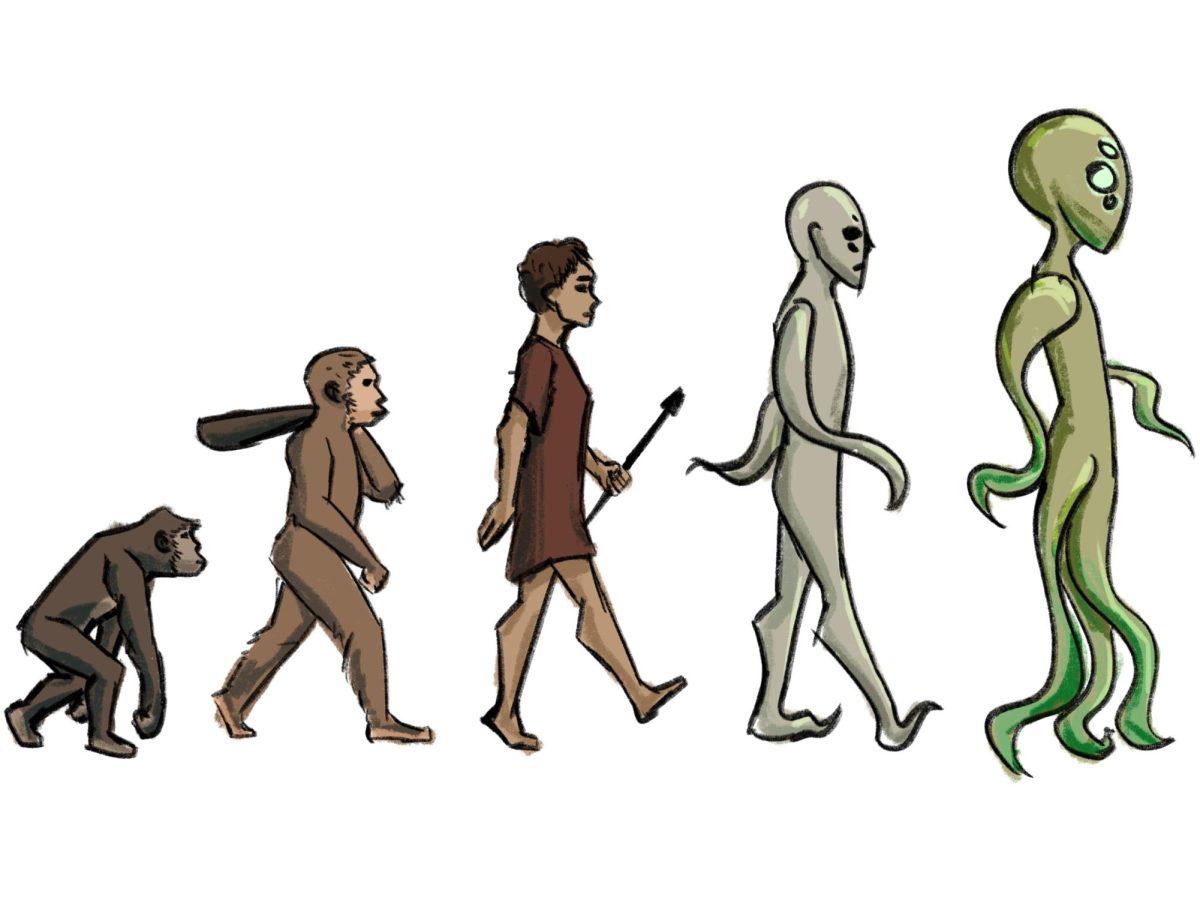Student debt has been rising by the billions for de- cades, adding up to $1.77 trillion dollars in 2023. This debt makes it difficult for 43 million Americans to buy a home, pursue a career, and keep a good credit score after college. The priorities of modern higher education institutions have changed over time. Instead of focusing on creating a more educated public for a healthy democracy, universities have shifted to churning out graduates as effectively and predictably as possible, functioning more like a business than an academic institution.
Before the 1960s, tuition for most public higher education was free around the country. The shift to paid tuition was twofold. First, after LBJ’s Higher Education Act of 1965 (which created scholarships and low-interest loans to make college more accessible), college-eligible students flooded public schools. Instead of raising taxes to fund schools, state governments opted to cut funding and charge for tuition. Secondly, President Ronald Reagan resented the progressive environment of public universities. As governor of California, Reagan wanted schools to charge tuition to “[get] rid of the undesirables” that took part in anti-discrimination and anti-war protests. As president, Reagan continued to cut spending for public schools nationally.
This exclusion continues. While state funding for higher education has decreased 40% from 1978 to 2011, tuition and fees have increased roughly 2,000%. Since the rate of income has not grown proportionally, post-secondary counselor Norma Gutierrez-Shanesy says, “there’s a gap between what families can afford with the federal funding they receive and the cost of tuition. It’s scary.”
American higher education is an increasingly capitalist business. Students are customers and their education is a commodity, where those who can’t afford it are punished by debt. Though college is more expensive, the quality of instruction has decreased. Curriculums are less rigorous, the number of low-wage adjunct faculty have increased, and 37% of professors admit to “routinely inflating grades.” Institutions compete to offer the best college experience, often spending more money than they can afford. Most of this spending goes to administrative costs as opposed to academics. University presidents are getting richer than ever.
This system is failing. In 2023, 56% of Americans believed a four-year degree was not worth the cost. Enrollment has been decreasing by 1.5% since 2011. As a result, 30 colleges closed in 2023 and more are expected to either close or merge with other institutions.
Though the Biden administration has made strides in debt relief, the system needs structural change. In a democracy, it is unethical for the government to devalue higher education to the point of commodification, and, in turn, still benefit the top 1% of society (who are more than twice as likely to be admitted to elite colleges than poorer applicants with the same test scores). The theme of profit over equality is a fixture of American history, but, as those radical college students in the 1960s proved, it can be overcome by advocacy and progressive policy. Governments need to reinvest money into universities so America can create a system of equitable and inexpensive higher education.
In the meantime, to deal with costs, Gutierrez advises students to “learn what schools are more generous with their scholarship and aid packages. Get your applications out early. If you treat searching and applying for scholarships as a part-time job, lots of money can be had. It can be done.”



































